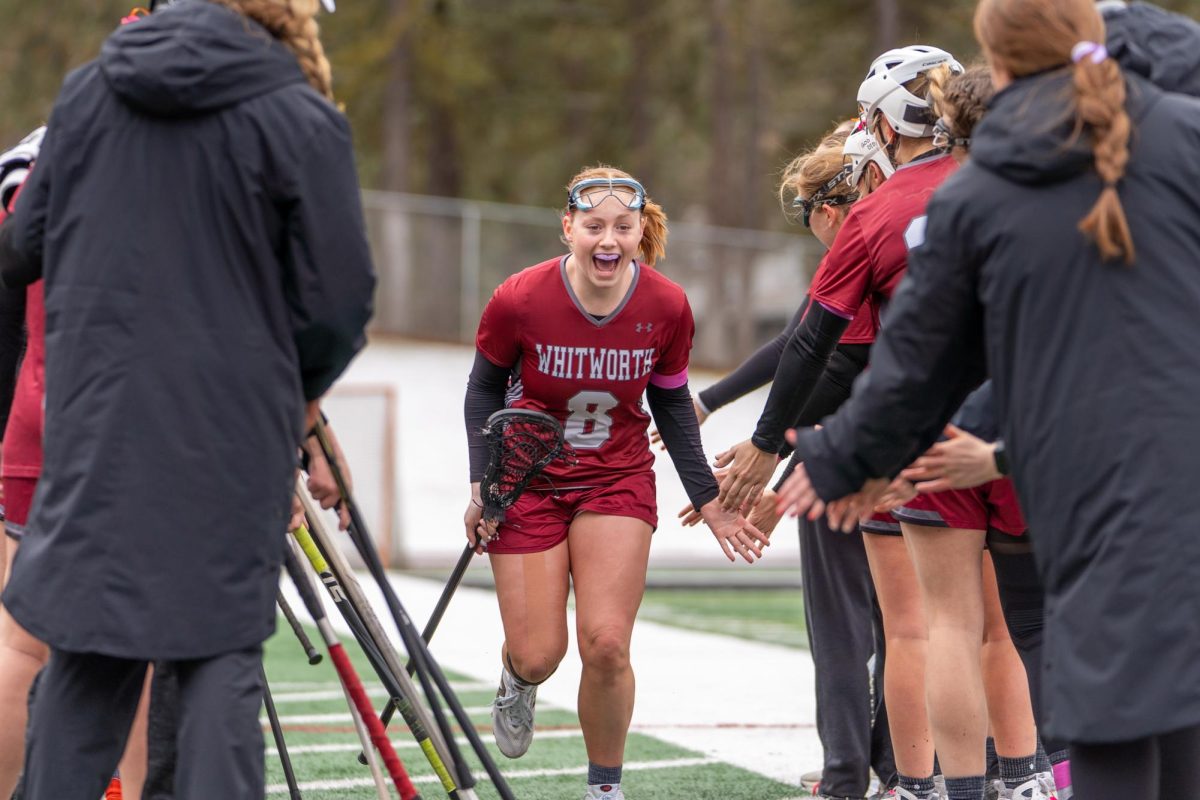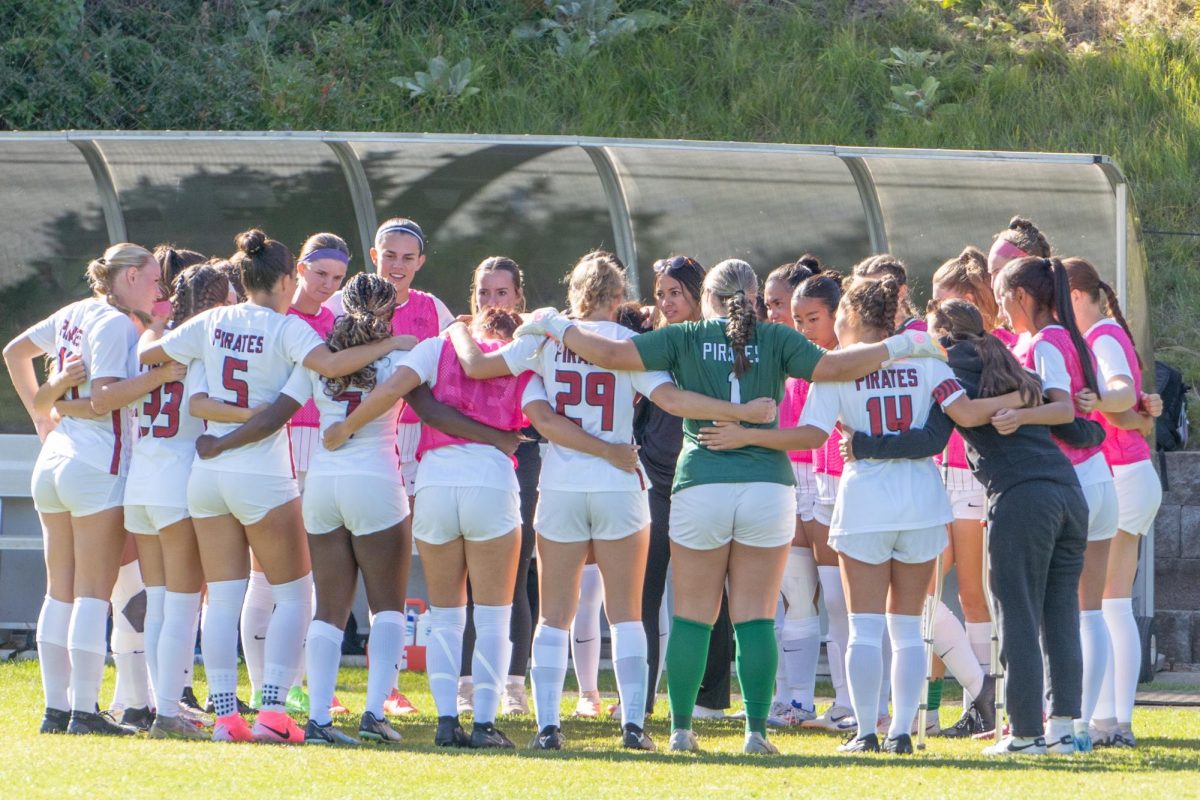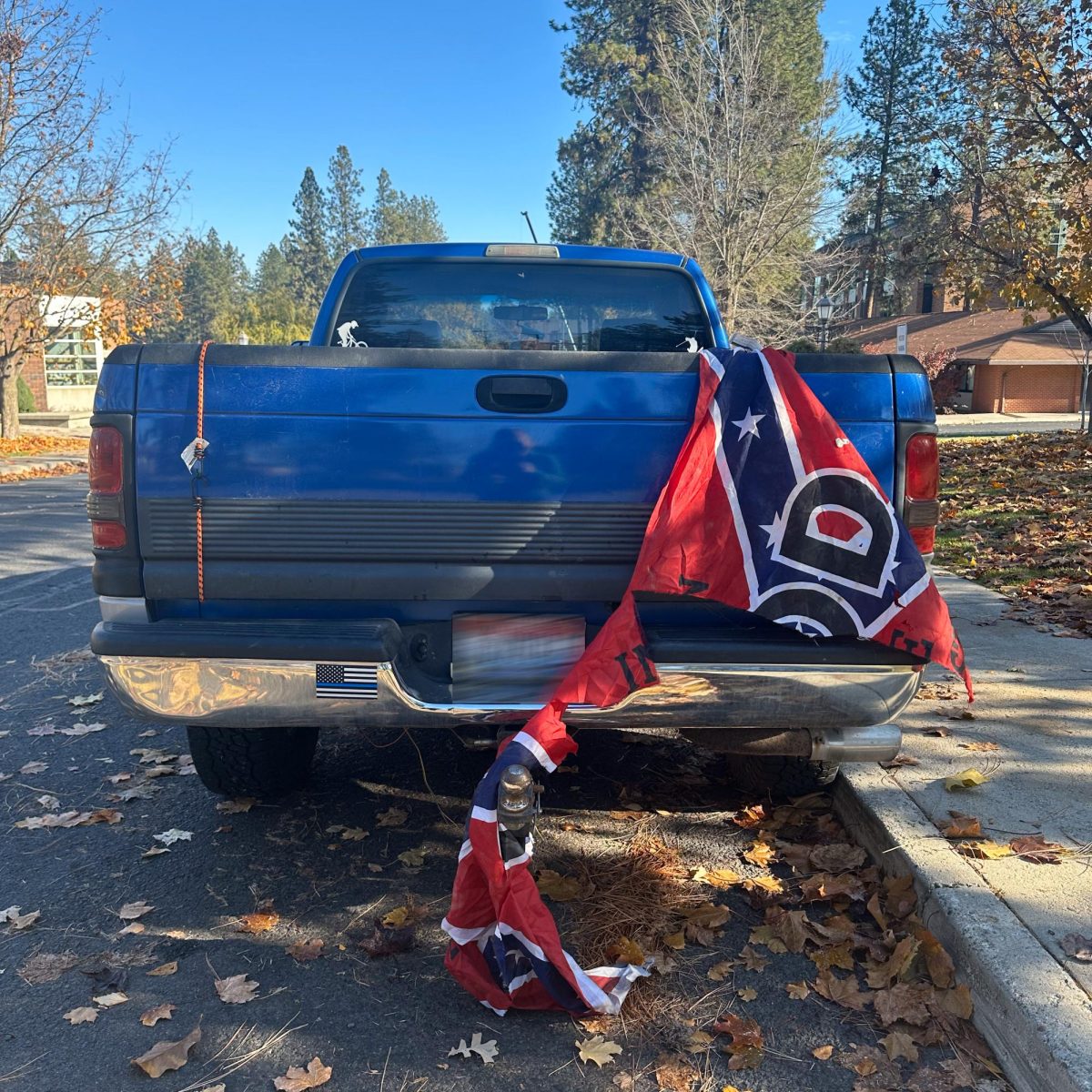
Recent trends in college enrollment reveal that students are staying closer to home, and these developments have resulted in the adaptations of Whitworth University’s marketing and recruitment efforts. These changes are shaped in many ways by the COVID-19 pandemic and students’ decreasing willingness to travel long distances to attend post-secondary education.
There are many factors involved in a student’s university choice, and the admissions department’s role is to consider them all, including distance. “The last figures I reviewed revealed that the median distance students go away for college is something like 94 miles,” said Dr. Josh Hibbard, Whitworth’s vice president of enrollment management.
In a country of over 3,533,038 square miles, 94 miles does not cover much distance. As so many students are choosing to stay close to home, Whitworth’s recruitment marketing reflects its growing local audience. “We’ve always focused on Spokane. It’s always been part of our focus, but it’s probably being given greater emphasis because we know that that’s a behavior of prospective students,” said Nancy Hines, associate vice president of university marking and communications.
“We work with the admissions office and look at where they get the greatest engagement […] by zip code and then we use those geographically to target to reach prospective students in those areas,” said Hines. She lists banner advertising, Snapchat and TikTok among the department’s retargeting strategies.
Hibbard claims that with all the work done by college admissions staff, recent have begun regarding the distance students are willing to travel and the effectiveness of certain advertising techniques. “Nationally, high school graduates typically choose a college close to home. Additionally, most high school graduates choose a college within their home state. There is some early evidence that the pandemic contributed to this,” said Hibbard.
According to the National Center for Educational Statistics (NCSE), the pandemic resulted in a sharp decline in college enrollment across the United States. Many students who had intended to attend college were suddenly forced to abandon their plans. “The most frequently cited reason for these cancellations was not being able to pay for classes/educational expenses because of changes to income from the pandemic (48%). The second most common reason was having the coronavirus or having concerns about getting the coronavirus (38%),” said the NCSE.
The pandemic damaged the spending capabilities of many people. Research by the NCSE suggests that it shifted the priorities of individuals across the globe. The sudden onset of concern for one’s own health was in many cases rivaled only by fear for loved ones, especially those dubbed “at-risk” or involved in the healthcare system.
“Other reasons for the cancellation of postsecondary attendance plans included: caring for others whose care arrangements had been disrupted (12 percent), changes to campus life (10%), caring for someone with the coronavirus (4%) and some other reason related to the pandemic (15%),” said the NCSE.
As of Oct. 31, 2023, Washington’s state of emergency has been lifted for a full year, and most restrictions had been lifted for several months before that time, including capacity restrictions, which were removed in July of 2021. Yet, surrounded by the remnants of leftover instability, college enrollment levels are still among the lowest they have been in years, and the students who have been able to attend since are only traveling an average of 94 miles.
“What we know is that students, especially post [COVID-19], are going to schools closer to home,” said Hines. “In our marketing, our digital advertising efforts, we’re certainly considering that in terms of where we spend our dollars.”
Whitworth marketing and communications’ efforts, as mentioned previously, include billboards, banners and social media, materials sent to high schools, mail posted to potential students and advertisements placed around Spokane, all of which have taken collected data into account and are directed at local residents.
“Whitworth has certainly experienced this trend as we continue to see a larger [percentage] of our incoming class from within Washington,” said Hibbard. However, “there are likely many factors influencing this. One of the factors is certainly the increased financial aid awarded to Washington residents via the Washington College Grant,” said Hibbard.
The Washington College Grant provides funds for Washington residents to attend college, certificate programs or receive job training or apprenticeships. According to the Washington Student Achievement Council (WSAC), it is one of the country’s most generous financial aid programs.
The WSAC encourages students to apply for the grant, which could potentially pay for their entire education, and assures students that eligibility is open to anyone who may need help. “Some people assume that they won’t be eligible for any financial aid because their family makes too much money, or because they didn’t do well in high school, are older, or are undocumented. That’s not the case,” said WSAC.
As Josh Hibbard noted, opportunities such as the Washington College Grant also have a significant role in the decision of a prospective student, especially in the wake of a pandemic induced financial struggle. As a result, many incoming students from the state of Washington are utilizing the available state-based grants, loans or scholarships and will consequently be searching for colleges nearby. Whitworth’s increased marketing in areas closer to the university is in part a response to the increased population of students post-COVID-19.
Despite some increased focus on the Spokane area, the efforts of Whitworth’s admissions and marketing departments have not narrowed the scope of their efforts. “Whitworth continues to have a strong presence out of state. In particular, we emphasize recruitment efforts in Oregon, Idaho, Alaska, Hawaii, California, Montana, Colorado and Nevada,” said Hibbard.
Whitworth has maintained vigorous endeavors to recruit students from nearby states on the west side of the country, but not every geographic area is as easily reachable as Spokane, said Hibbard. Difficulties such as these are why media content on the internet and Whitworth’s online information is so crucial to the admissions team.
Expounding upon the role of Whitworth’s online presence, “the website is very geared towards recruitment, so everything from the home page to how the academic pages are developed and written, it’s all with an eye toward recruitment. So, we spend a lot of time on the home page and the things that come off of the home page with a focus on prospective students,” said Hines.
Making Whitworth’s details available is just as important now as it was during the pandemic, and recruitment is the main purpose of the website, rather than a tool for students already enrolled. “The audience isn’t necessarily our on-campus students or faculty and staff,” said Hines. “It really is directed and built around prospective students, whether they’re traditional undergrad students or graduate students, which would include masters degree or doctoral degree students.”






 Spokane?
Spokane?